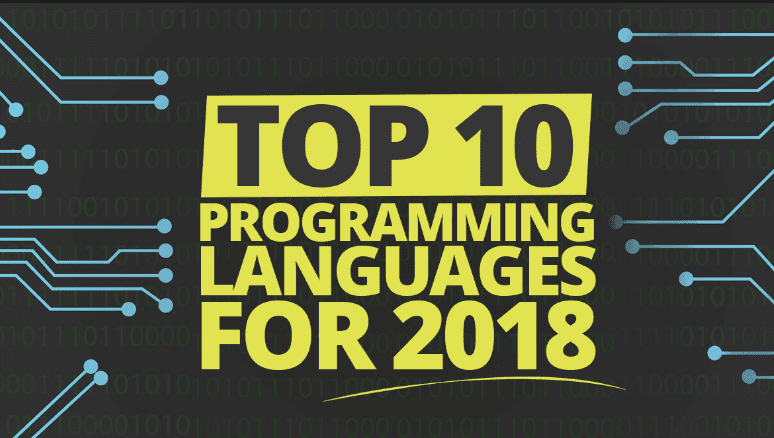Among the initial choices that program developers encounter when programming net of items (IoT) works is exactly what language to use.
The choices, of course, encircle the whole programming world, because the IoT doesn't want much in the way of technical syntax or mathematical logic. So for the most part, the choice will be dependent on the very same things that drive conventional program development: What's the program perform, how can it interact with its surroundings and also how versed is how the development group in a specific language?
Here, then, are the best 10 programming languages directing IoT application development in the moment:

C
This provides more scalable and reliable code that's platform-independent and may be reused in numerous configurations.
C++
C++ is a object-oriented programming (OOP) expansion of C, so it may be used as either a C-style or even OOP-style language based upon the requirements of the program. It needs a little more ability to learn than C and can be used chiefly for programs and applications software, in addition to drivers, client-server purposes and embedded firmware -- in summary, the essential data points of an IoT ecosystem. C++ uses collections of predefined categories of information types which may be instantiated several times, making it a very efficient and flexible alternative for distributed infrastructure surroundings.
Java
The origin of the once-ubiquitous applet, Java has been the former Sun Microsystems' response to the demand for a GUI-based services development environment. Java's most important advantage to the IoT is its safety features, including API-driven criteria updates and elevated levels of encryption. This provides Java code additional resiliency while maintaining a higher degree of portability compared to more hardware-dependent options.
JavaScript is generally embedded inside HTML code, even though it may also use its scripting component for standalone purposes. Therefore, it will generally encourage IoT programs that incorporate some kind of online interactivity.
Python
It offers a variety of programming styles, for example object, critical and functional, and includes a nearly speech-like syntax for simple coding and rapid improvement. As an IoT alternative, it holds promise for container-based microservice generation as well as the legions of software which are predicted to be somewhat short-lived as smart systems begin to construct their own tools to achieve tasks that are requested.
Many development shops are beginning to use PHP because it gives a simple learning curve whilst keeping many innovative features for more experienced coders. As an open-source alternative that runs mostly on Apache servers, it has broad consequences for large information investigation and multi-platform environments. It's also very lightweight and brings itself to the fast growth cycles which will characterize huge parts of the IoT workload.
Ruby
Ruby is a open-source language that's geared mostly toward object-style programming but may also be implemented to procedural and operational projects. Ruby is gaining popularity from simulation environments, robotics and other complicated surroundings, so it will probably affect the IoT when it's reached a critical level of scale and sophistication.
Swift
The programmers of Swift state one of the most important drivers behind its production has been security. Coding mistakes can often slip through the vetting process and result in occasionally costly undefined behaviour in manufacturing environments. From the IoT, this may be especially problematic because most programs will operate autonomously with minimal if any direct supervision. Furthermore, Swift is made around accelerated development and much more expressive syntax, which makes it more amenable to non-technical developers that are just searching for quick results.
Rust
Rust was also intended for speed and safety, but it aims several use cases which other languages prevent, for example non invasive device drivers and OS purposes, applications with specific distance and time demands and tools inserted into other languages. For the IoT, it sports lots of advanced time-safety checks which create zero runtime overhead and remove data races.
Proceed was designed at Google in 2007 and occasionally goes by the title golang. Go supplies a high level of concurrency (multiple procedures implemented concurrently ), which comes in useful at workload-intensive IoT environments. Additionally, it has additional advantages, including memory management, structural scanning and CPS-style programming.
Since the IoT increases in popularity, we could expect to see increased refinement in these and other languages to deal with the specific requirements of device-driven applications and services. This will probably proceed in combination with the overall growth of the IoT as customers begin to implement new services and products in unexpected manners.
